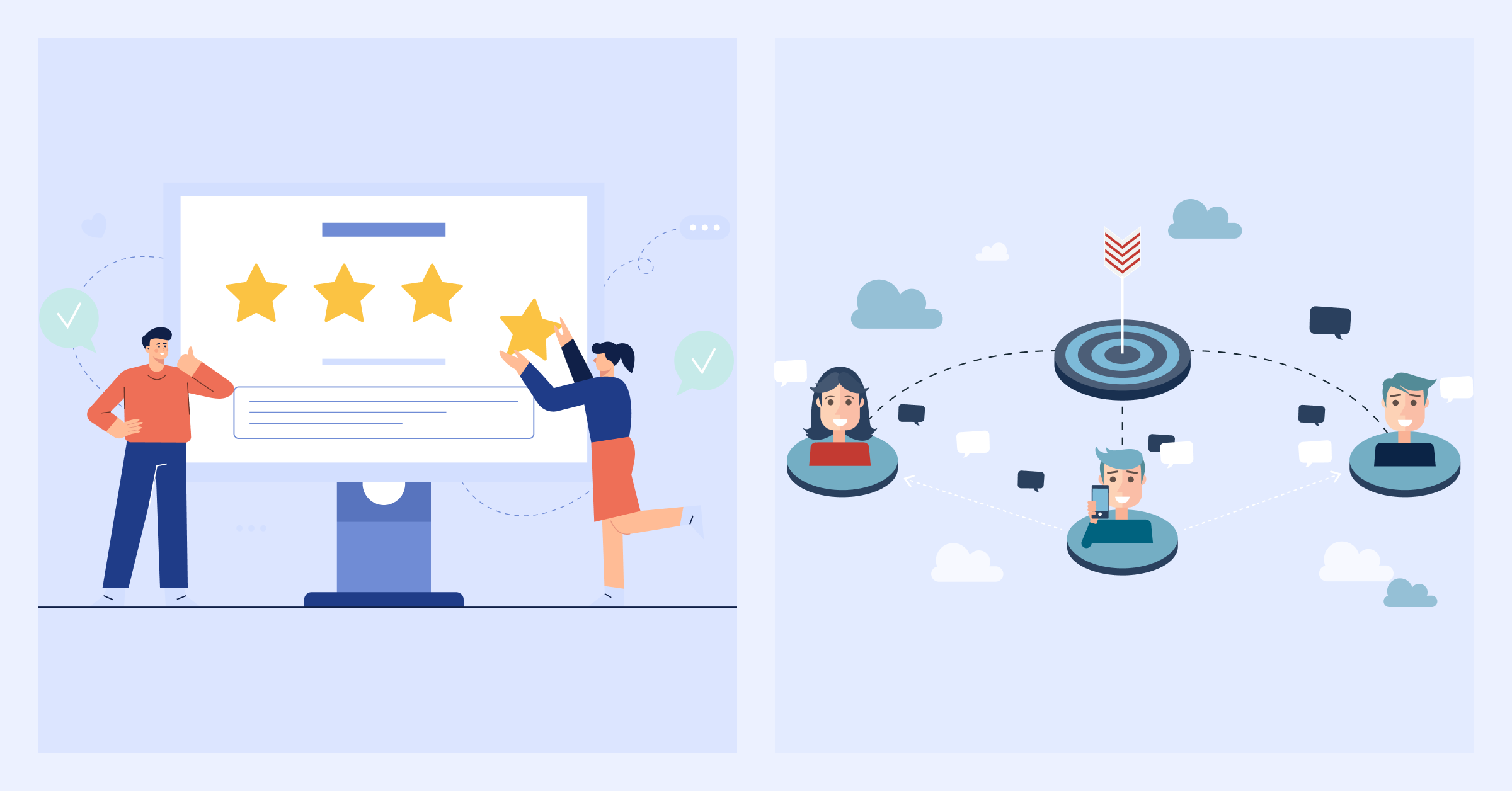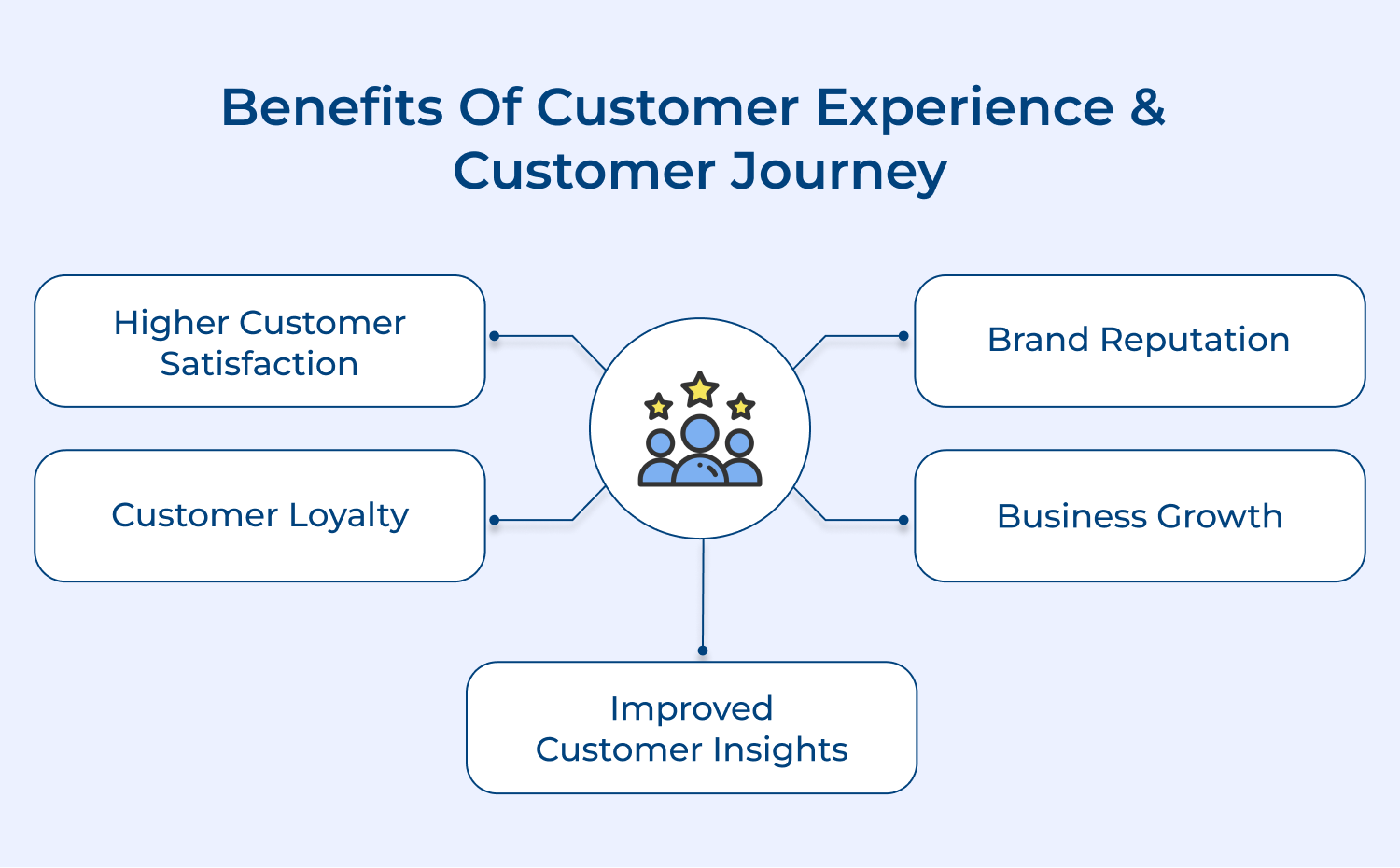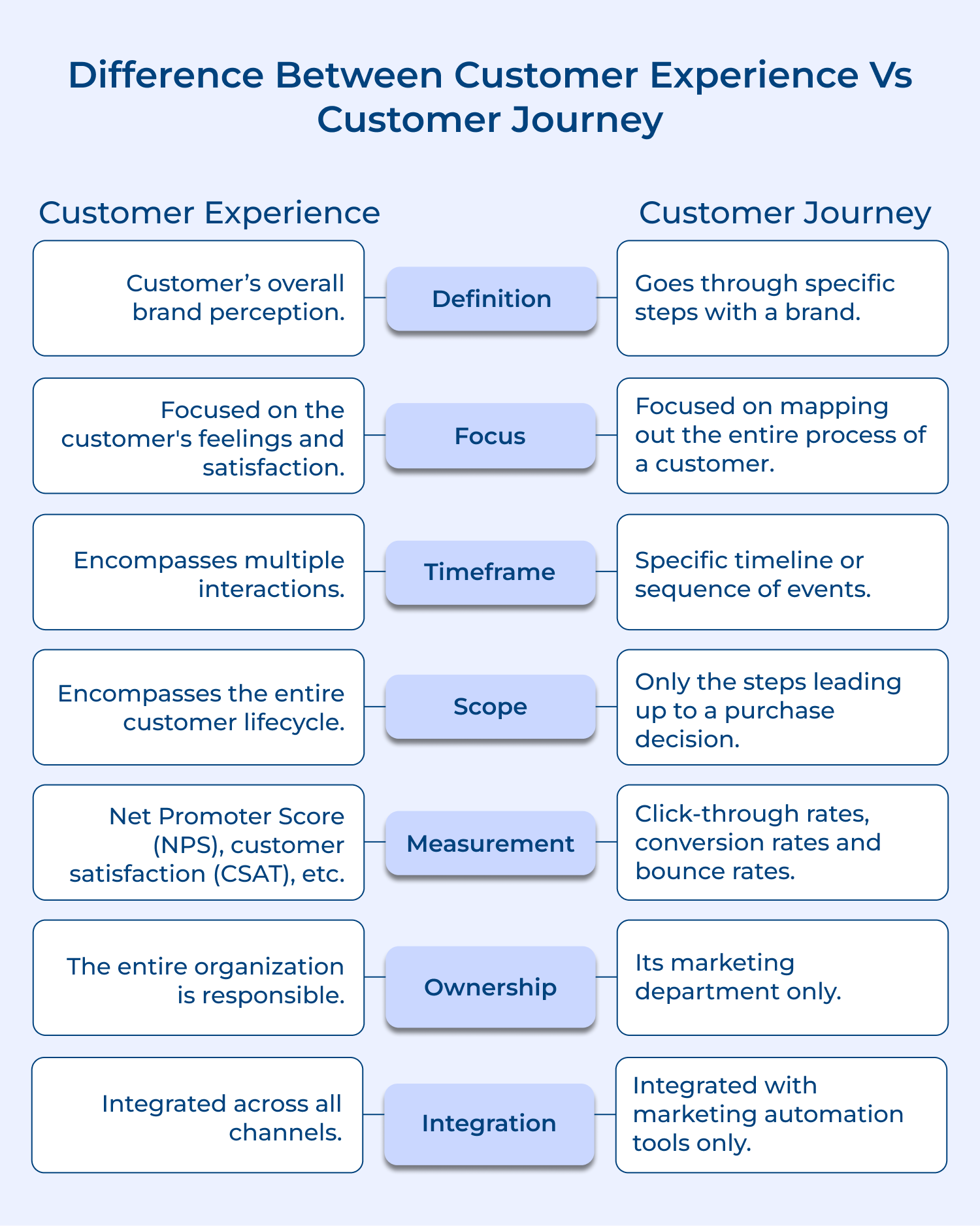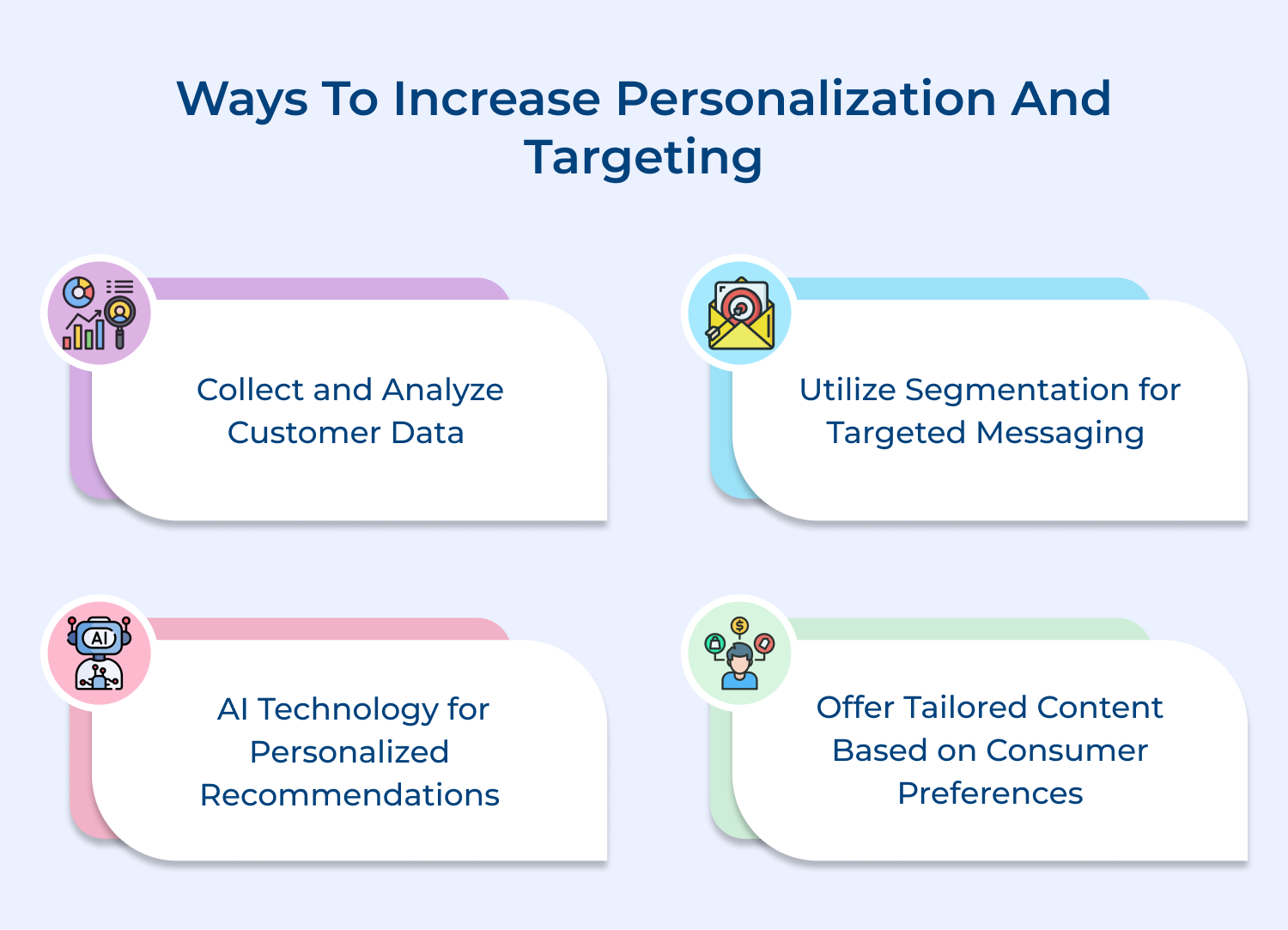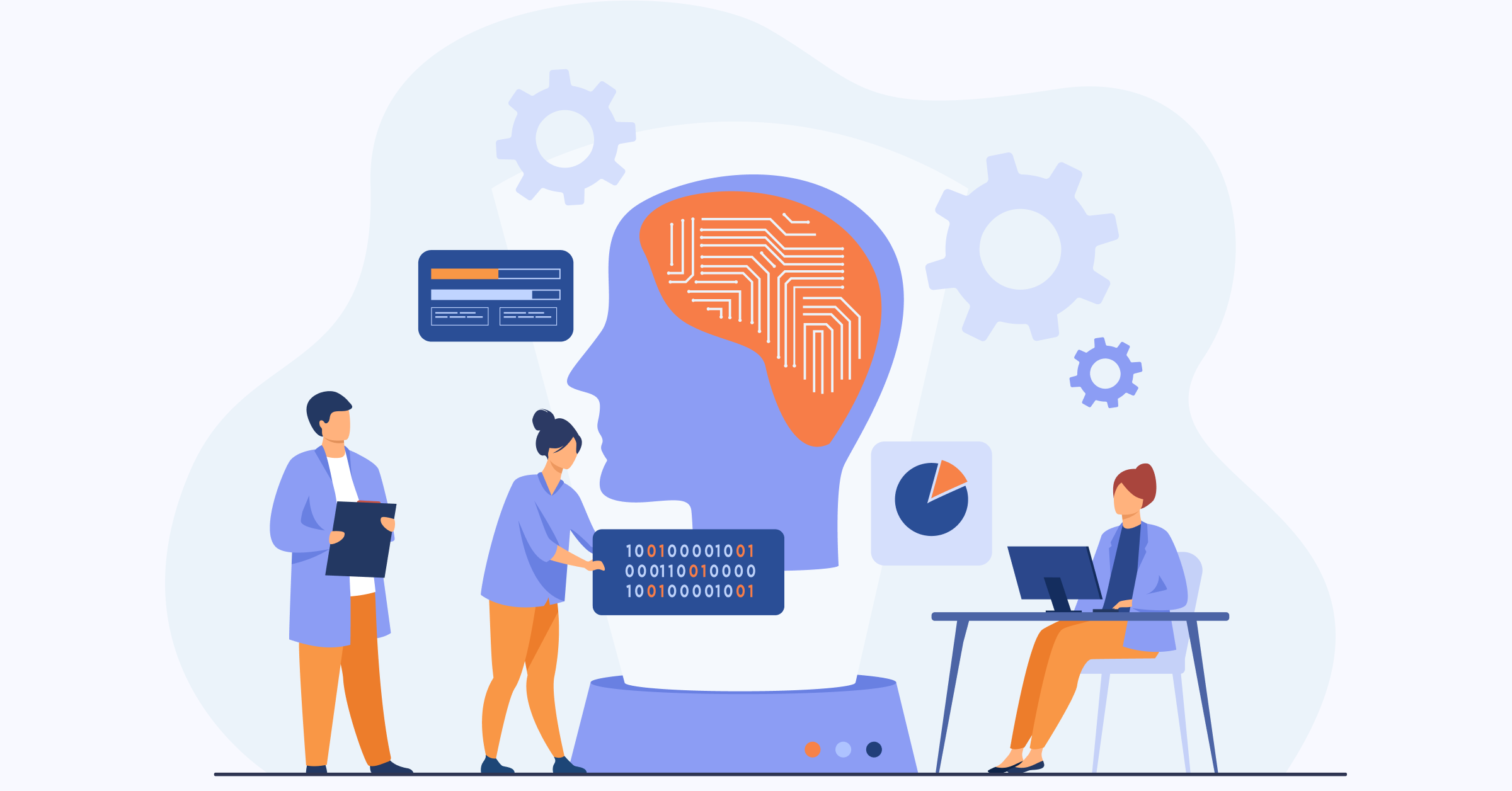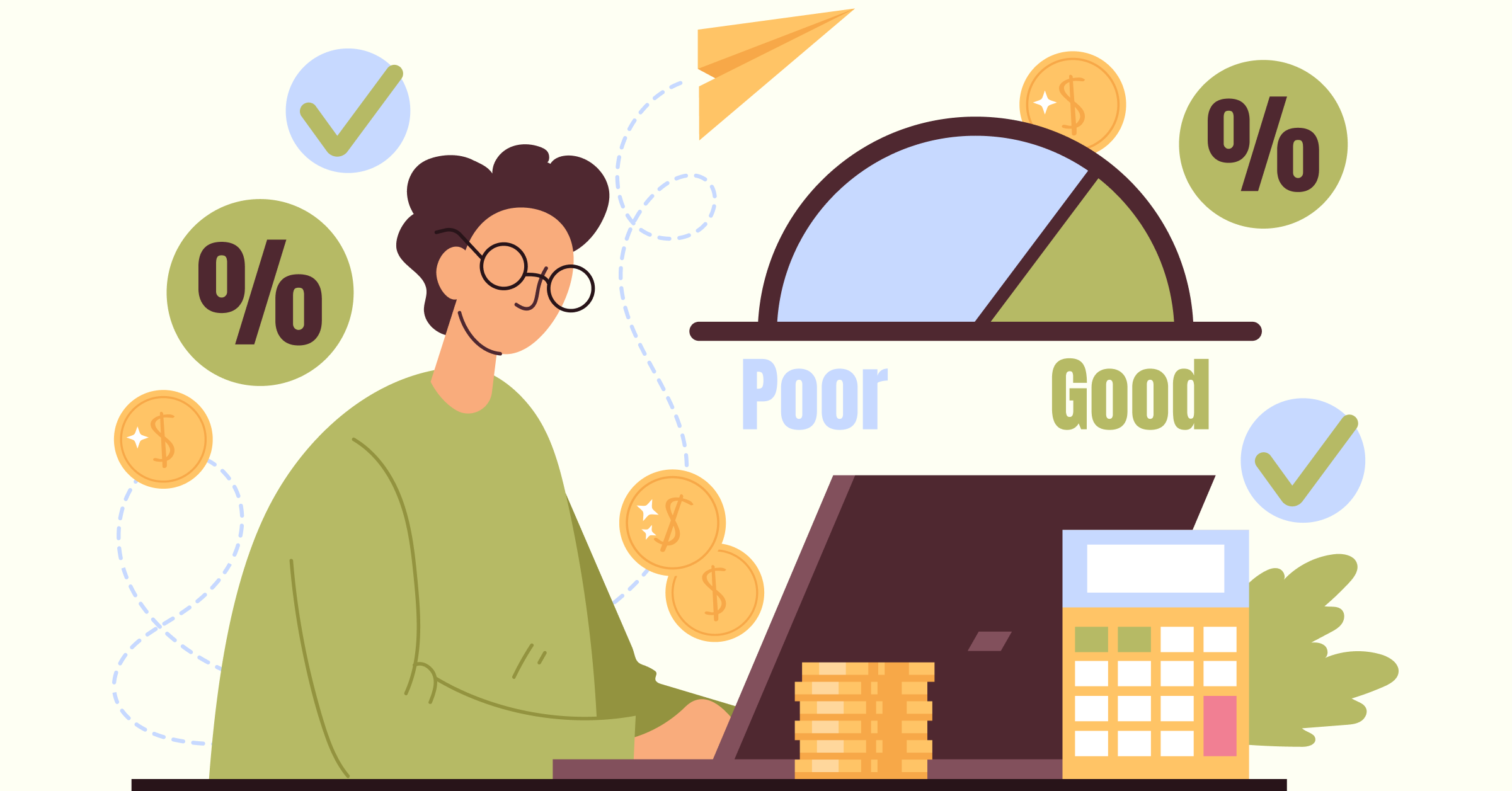Definition
Customer experience refers to the overall perception and emotions that a customer has throughout their interactions with a brand. Customer journey refers to the specific steps and touchpoints that a customer goes through when interacting with a brand.
Focus
Customer experience is focused on the customer’s feelings, emotions and satisfaction. It aims to create positive and memorable experiences to build customer loyalty. Customer journey is focused on mapping out the entire process that a customer goes through, from awareness to purchase and beyond.
Timeframe
Customer experience is a broader concept that encompasses multiple interactions over time. It takes into account the customer’s long-term relationship with the brand. Customer journey focuses on a specific timeline or sequence of events, typically leading up to a purchase.
Touchpoints
Customer experience considers all touchpoints where a customer interacts with a brand, both online and offline. It includes interactions through various channels such as social media, customer service and physical locations. Customer journey focuses on specific touchpoints that are part of the purchasing process such as researching, evaluating options and making a purchase decision.
Goal
The goal of customer experience is to create positive emotions as well as build long-term relationships with customers, leading to loyalty and advocacy. The goal of the customer journey is to guide customers through the stages of the buying process, ultimately leading to a purchase.
Scope
Customer experience is a broader concept that encompasses the entire customer lifecycle, from initial awareness to post-purchase support. Customer journey is a more specific concept that focuses on the steps leading up to a purchase decision.
Mapping
Customer experience is often mapped out as a continuous loop, where each interaction builds upon the previous one to create a seamless and enjoyable experience. Customer journey is typically mapped out as a linear process with specific touchpoints and actions at each stage.
Measurement
Customer experience is measured using various metrics such as Net Promoter Score (NPS), customer satisfaction (CSAT) and customer loyalty. Customer journey is measured by analyzing specific metrics at each touchpoint, such as click-through rates, conversion rates and bounce rates.
Ownership
Customer experience is the responsibility of the entire organization, as it involves all customer-facing departments and interactions. Customer journey is often the responsibility of the marketing department, as it focuses on guiding customers through the sales funnel.
Integration
Customer experience should be integrated across all channels and touchpoints, providing a consistent experience for the customer. Customer journey is often integrated with marketing automation tools and technologies to track as well as optimize the customer’s path to purchase.
How Customer Experience & Customer Journey Work Together ?
Although customer experience and customer journey may sound similar, these two concepts are interconnected, ultimately working together to enhance overall business success.
